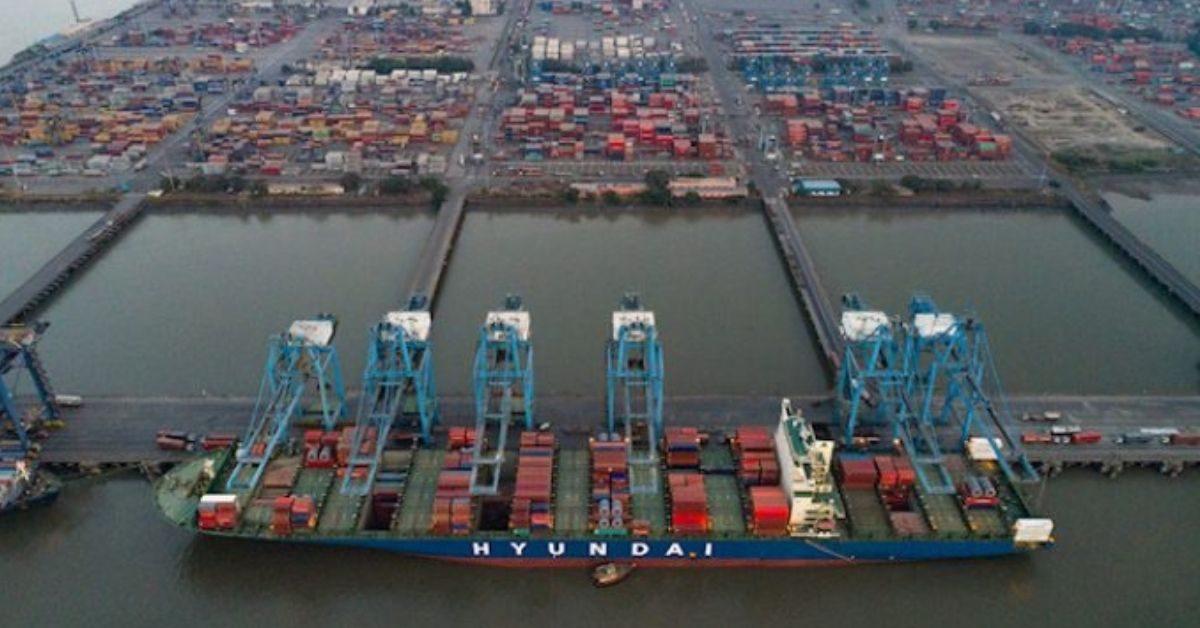The rapid growth of India’s private ports may prompt the Centre to come up with a national ranking of all ports. There are approximately 230 ports in the country.
This would benchmark efficiency standards of major ports (central-government owned) against non-major ports, which are owned by private players and state governments.
The ministry of ports, shipping and waterways has communicated to all port authorities its intent of setting up this database. It has sought various datasets for these rankings, officials in the know said.
These rankings will be based on a mix of market-survey based perception, cargo traffic handled, idle time at berth, average turnaround time, pre-berthing detention, average ship berth day output, and operating ratio of the port.
There is an internal database of performance indicators of all major ports. However, the Centre doesn’t comprehensively peg the efficiency and performance of major ports versus non-major ones, barring niche-based comparative studies.
The ranking system will be largely based on the methodology used for preparation of the World Bank Logistics Performance Index (LPI) and the Container Port Performance Index (CPPI).
India’s ranking in the LPI rose by five places in 2023 to 39th.
Sources said the need for such benchmarking of performance has come amid the rapid rise of private ports in the country. It is also on the concerns that state-owned ports, while investing heavily in capacity expansion, have not been able to keep up in terms of modernisation and streamlining of port processes.
For instance, the World Bank’s CPPI for 2022 saw Pipavav Port, operated by APM Terminals, as the most efficient Indian container port, placed at 30th. It was followed by Mundra Port and Krishnapatnam Port operated by Adani Ports and Special Economic Zone, while the first major port to feature in these rankings is Jawaharlal Nehru Port Trust (JNPT), at 76th.
Notably, JNPT fell by over 20 ranks between the CPPI of 2021 and 2022.
Over the past few years, private port growth has been higher than major ports. In 2023-24, major ports recorded a cargo traffic growth of 5.6 per cent, while private ports grew at nearly 11 per cent.
In September, it was reported that a bulk of the growth in coastal cargo — where domestic cargo is moved through India’s coastline over roadways and railways — was seen in private ports, which saw a growth of about 20 per cent. For major ports, it was a mere 1 per cent growth. According to sources, internal estimates of the government have also shown an increased efficiency for bulk cargo terminals at major ports, which are being run in the public-private partnership (PPP) mode over those run solely by port authorities.





